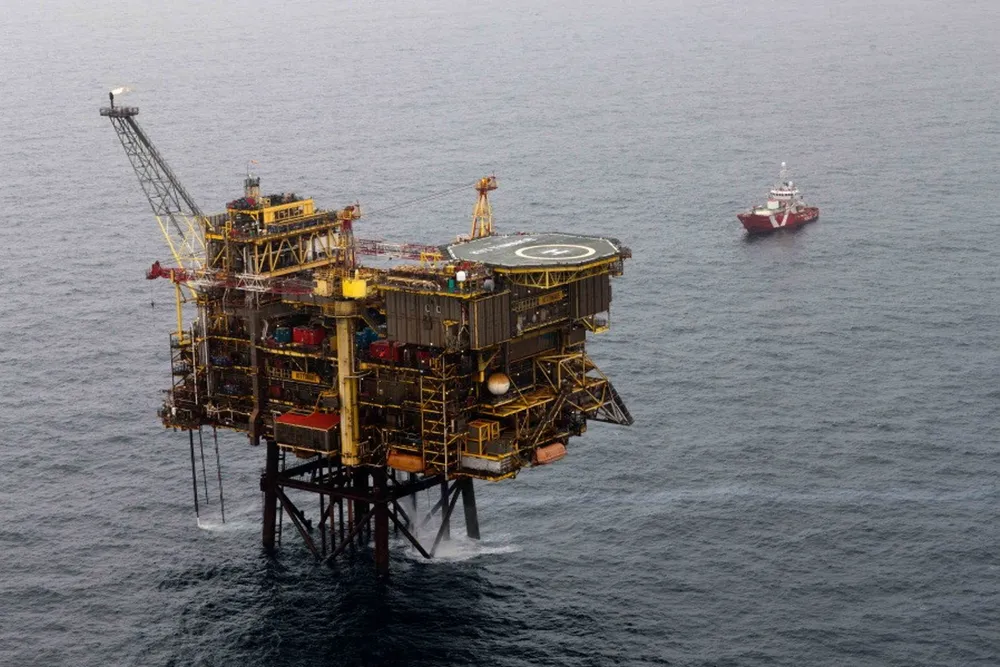Costs and intermittency challenges hinder wind power role in North Sea oil electrification
Offshore oil platforms require steady and uninterrupted energy, and linking them to renewable power presents challenges

Offshore oil platforms require steady and uninterrupted energy, and linking them to renewable power presents challenges
